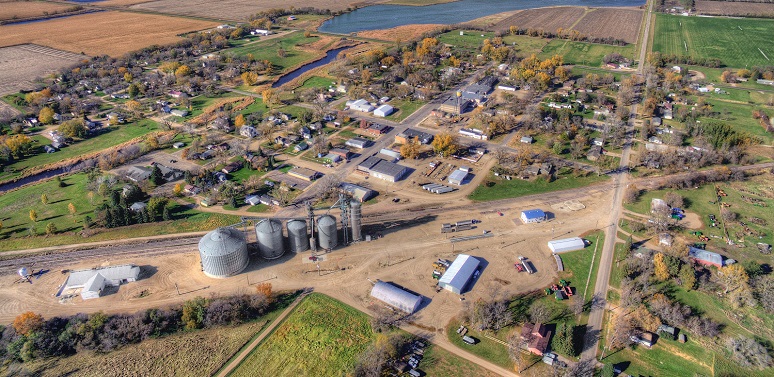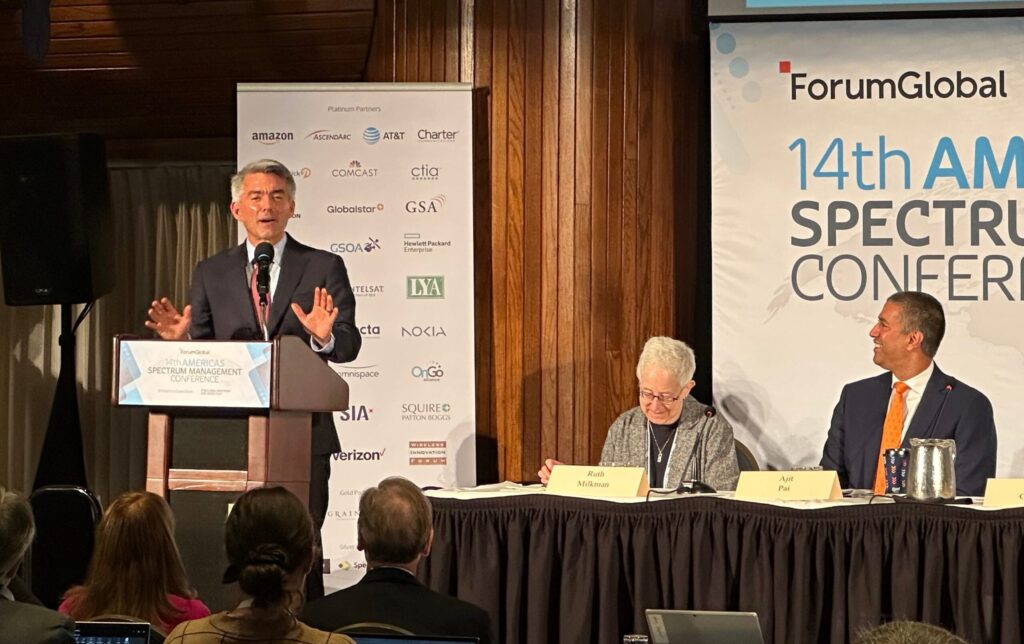With last year’s federal infrastructure package highlighting the critical necessity to build out broadband networks to unserved communities, the focus now turns to ensuring that the funds from the Bipartisan Infrastructure Bill (BIL) are disbursed to those areas that are truly in need of fast, reliable and affordable broadband service. As the National Telecommunications and Information Administration (NTIA) oversees the implementation of the BIL, NCTA has submitted comments about how NTIA can best adopt rules that prioritize funding for projects that will connect unserved and underserved areas, all while avoiding unnecessary waste, fraud, and abuse of these funds.
NCTA members are leaders in the broadband industry, serving communities all over the country, including some of the most low-income, rural and remote areas in the United States. Over the past decade, they have invested $172 billion in deploying fiber-rich broadband networks, and their long-standing commitment to expanding broadband access includes significant experience with public-private partnerships.
To achieve the goal of bringing high-speed broadband to all Americans, NCTA urges NTIA to ensure that funding is properly targeted to unserved areas first, and next to underserved areas, as instructed by Congress. In order to accomplish this, NTIA should require that states adopt certain minimum standards to govern their use of BIL funds. As a starting point, NTIA should rely on state broadband programs and their reliable grant and funding processes to disburse the funding while remaining transparent and continuing to measure program effectiveness.
Below are a handful of the recommendations that NCTA proposes to NTIA, as filed in the comments:
Bringing Reliable, Affordable, High-Speed Broadband to All Americans
- Ensure that states fund projects that will connect unserved locations before funding projects to underserved areas.
- Adopt robust transparency requirements and collect and publish data from the eligible entities and subgrantees detailing newly connected locations, speed for each location, percentage of project completed, and any reasons outside of the provider’s control that may have caused delay.
- Adopt consistent and enforceable guardrails and safeguards for funding but avoid imposing undue regulations or mandates as a condition of eligibility for funding.
Supporting States, Territories, and Sub-Grantees to Achieve the Goal
NTIA can support states and high-need communities to distribute the funds as required by the BIL by using the reliable procedures already in place in effective state broadband programs. Here is how NTIA can do that:
- Ensure that states include safeguards in place to guard against waste, fraud, and abuse, and look to other federal programs with such safeguards as a model. Additionally, NTIA should implement consistent baseline requirements for state programs, including a robust challenge process, that seek to guard against waste, fraud, and abuse.
- Any waiver of the matching funding requirement should be granted sparingly and blanket waivers of the matching requirement should be discouraged.
NCTA also included a list of considerations on how NTIA can make sure that these publicly funded broadband networks are sustainable and have the ability to scale. One is to provide those receiving the funds with best practices on how to complete the projects in a timely and successful manner. Rather than adopt new requirements, however, NTIA should identify existing standards and best practices for service quality, reliability, resilience, and cybersecurity and supply chain risk management practices. Furthermore, it is critical that states be required to award funds in the order specified in the BIL to ensure compliance with the prioritization of projects.
The proposals also include recommendations on how the Broadband Equity, Access & Deployment Program (BEAD) funds can be allocated and used in the most efficient manner possible, such as by utilizing the Federal Communications Commission maps to identify unserved and underserved locations and prohibiting the use of grant funding for any overbuilding of service.
And to address middle-mile development, NCTA also includes recommendations on how NTIA should prioritize these projects in lower-density areas where network development is typically more costly and less economic.
NCTA members have long and consistently demonstrated their commitment to expanding broadband connectivity to areas without service. Putting these proposals in place will ensure that NTIA maximizes the impact of the funding on the highest-priority projects—in unserved and underserved areas—and will avoid wasteful spending in areas that already have reliable broadband.








